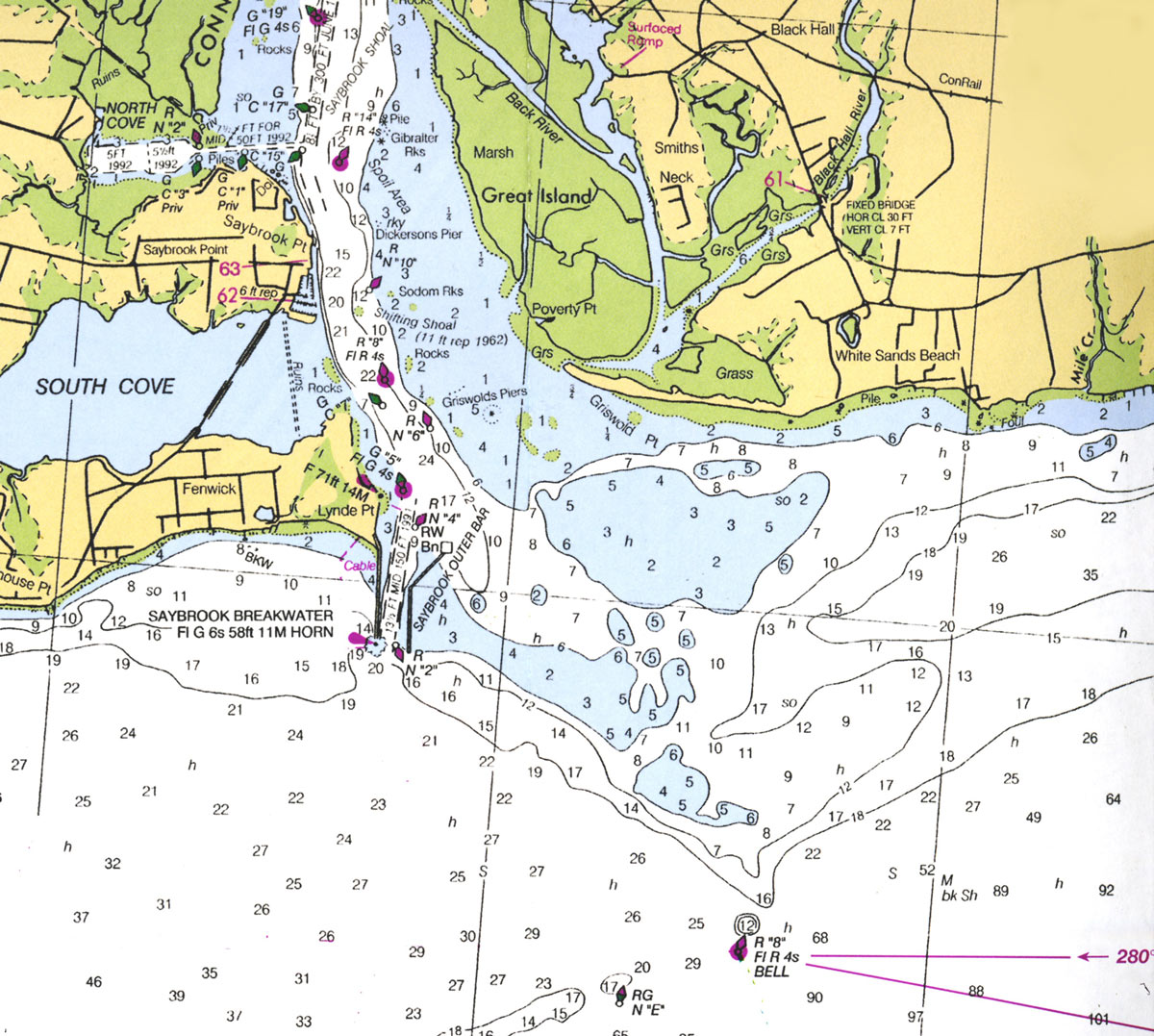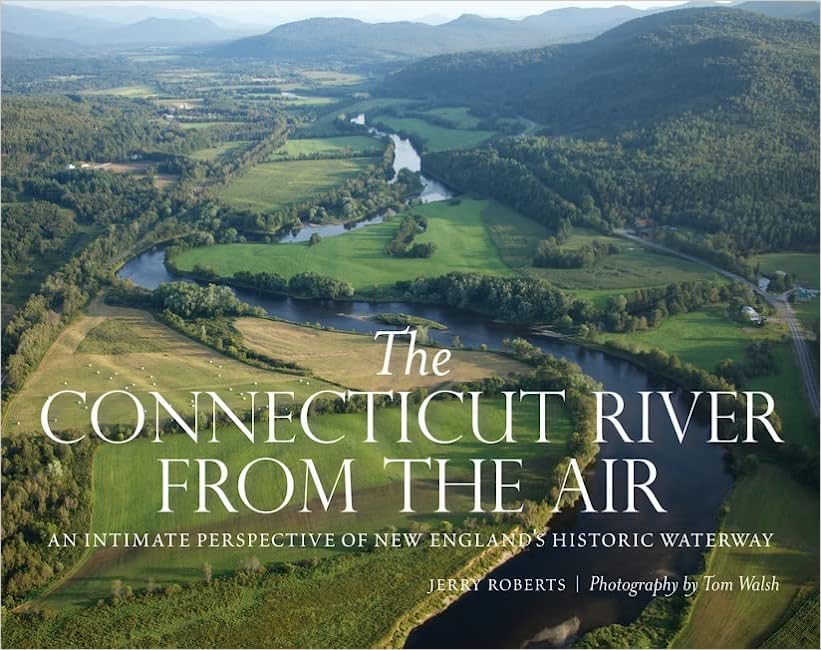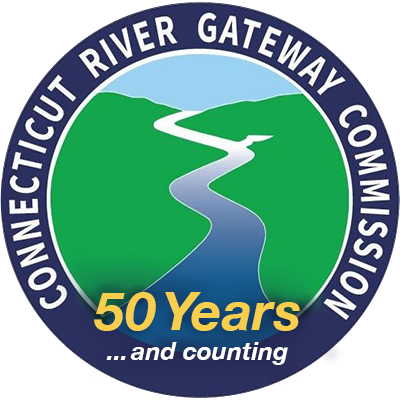History of the River
River Mouth of Hamburg Cove, Tom Walsh, Shoreline Aerial Photography
The Great Saybrook Bar
The Connecticut River is unique in that it is one of the few waterways in the developed world without a major industrial port city at its mouth.

Unlike the Hudson River with New York Harbor, the Charles with Boston, the Quinnipiac with New Haven and the Thames with New London, the Connecticut’s interface with the sea remains surprisingly natural and serene. Here, tidal wetlands form an ecosystem that is home to a wide variety of plant life, fishes and birds including eagles, osprey, cormorants and great blue herons.
The reason for this anomaly among rivers is the great Saybrook Bar, a massive sand barrier that until the establishment of a dredged channel in the mid-1800s prevented all but relatively small coastal vessels from passing upriver. There was also no deep-water anchorage or natural harbor where ocean-going ships could encourage the evolution of a major port city.
The Connecticut is a long and relatively shallow river, with a strong current, that carries sediment picked up along its winding course. At its mouth, twice a day, this down-flow is dramatically slowed or stopped dead in its tracks by the incoming Atlantic tide. As far north as Essex, the tide can actually reverse the river’s flow. This tidal roadblock forces the river to drop its sediment creating the massive sand bar that stretches across the river’s mouth and well out into the Sound.
Although the mouth is a mile wide, and apparently easily navigable by any size vessel, there is only about eight to ten feet of water at low tide in most places and only a few feet in others. Ironically, while over 4,000 ships have been built in farther up the river, the larger ones could only be brought out with their masts and ballast removed and only at moon high tides. Because the Saybrook Bar and the River’s many shifting sand banks were a deterrent to industrial growth they allowed New England’s greatest river to remain relatively unspoiled.
 Of course, the River’s shallows and shoals remain a challenge to today’s recreational mariners. It is said that any boater who has not gone aground in the Connecticut River is, in fact, a liar. Locals used to joke that Albert Einstein, who enjoyed messing about in boats here, discovered relativity only once, but discovered the Saybrook Bar over and over again.
Of course, the River’s shallows and shoals remain a challenge to today’s recreational mariners. It is said that any boater who has not gone aground in the Connecticut River is, in fact, a liar. Locals used to joke that Albert Einstein, who enjoyed messing about in boats here, discovered relativity only once, but discovered the Saybrook Bar over and over again.
